POHAKULOA TRAINING AREA, Hawaii - An hour after leaving Forward Operating Base Warhorse and clearing a roadside bomb, the six vehicle convoy was ambushed. Convoy gunners engaged the enemy with crew-served weapons. Moments later, OH-58D Kiowa Warrior helicopters arrived and fired rockets at their targets. With the threat neutralized, the convoy continued with their morning objective: to retrieve a disabled vehicle.
And that was just one of dozens of realistic combat scenarios faced by Soldiers of Task Force Diamond Head at the Pohakuloa Training Area, Big Island of Hawaii, during their participation in the 25th Combat Aviation Brigade's Culminating Training Event (CTE), April 25 through May 3.
FOB Warhorse served as the fictional setting for the final training exercise and CTE Full Spectrum Operations for Soldiers of Task Force Diamond Head which was composed of various elements of each of the 25th CAB's Battalions, as well as select Soldiers of the 25th Infantry Division's 2nd Striker Brigade Combat Team. The CTE was the 25th CAB's final comprehensive training event prior to its deployment later this year and was conducted at several training locations, to include PTA.
According to Capt. Clayton Carpenter, assistant operations and training officer, 2nd Battalion, 25th Aviation Regiment, Task Force Diamond Head was constructed as a fluid and agile unit, organized to be responsive to multiple contingencies and capable of performing the full spectrum of aviation operations in support of its ground forces.
For the Task Force, the CTE consisted of 4 to 5 days of internally driven training exercises focusing on a variety of convoy operations, air/ground integration with the convoy operations, as well as aircraft vehicle interdiction training, among other events.
The training component was followed by CTE Full Spectrum Operations that were primarily driven externally at brigade and division levels under realistic combat conditions. The Full Spectrum Operations provided the Task Force staff with the challenge of synchronizing operations with both higher level and lower level elements just as they would in combat.
"The major advantage to going to PTA is that it forces us to react and perform with what we have," explained Carpenter. "What you pack-up and bring with you is what you have to work with and in that regard it closely simulates deployment," he said.
"Additionally, though, PTA is of tremendous value for us because it allows the staff to receive missions, work through their various drills, push [orders and missions] down to the companies which, in turn, work through their drills and standard operating procedures, and execute," he continued. "The event was a success and much of that success is due to the hard work of the Task Force Diamond Head Soldiers."
Two of those Soldiers were Sgt. Anthony Adams and 2nd Lt. Christopher Westrom.
Adams is a combat medic and the medical noncommissioned officer-in-charge for 2-25 Aviation.
While at PTA, his element's mission encompassed running the Aid Station, providing medics for convoys and other missions and conducting squad, platoon and company level training exercises.
For Adams, a combat veteran, his priority at PTA is encapsulated by a statement that has been attributed to General George S. Patton, Jr., namely that, "You never do anything for the first time in combat."
"During training, we duplicate those high stress environments that medics face in combat, from giving [fluid intravenously] in the back of a moving vehicle to working in the dark or under noise discipline conditions," he said. "The idea is to introduce as much stress as possible into the training. The bottom line is that as a combat medic the chances are good that you will have someone's life in your hands. We're constantly improving to be prepared for that reality. PTA allows us to closely simulate conditions that we simply can't do back home."
Westrom is the executive officer of Echo Company, 2-25 Aviation, and is among those young leaders who will deploy for the first time later this year. Westrom's unit is the forward support company for the battalion, which encompasses most of the battalion's logistical support for operations at PTA. He was primarily involved in planning operations that involved the Forward Arming and Refueling Point as well as the live fire convoy missions.
For him, PTA was invaluable.
"This experience was a preview for me of what deployment will be like in many ways," said Westrom. "First, it's 24-hour missions. In addition, everyone is living and working together, and removed from everything back home. Also, unlike back in Garrison, you get to see how the entire battalion and other elements function as a whole and how everything fits together," he continued. "Basically, this kind of event allows us to see how our company fits into the larger operation. You just can't get that kind of perspective by staying home."

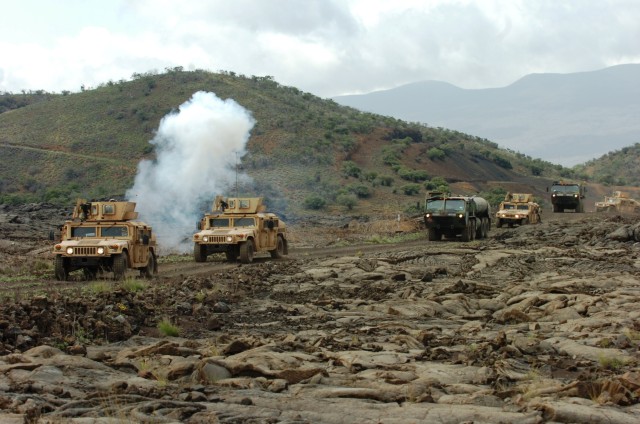
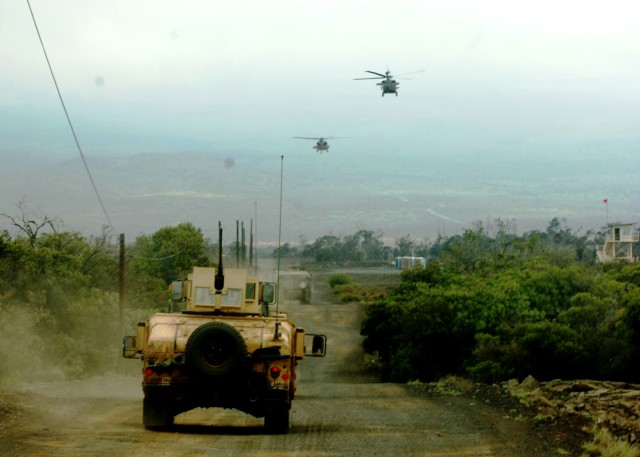
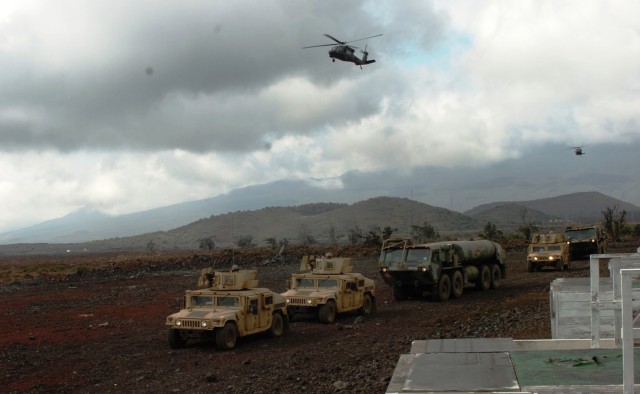

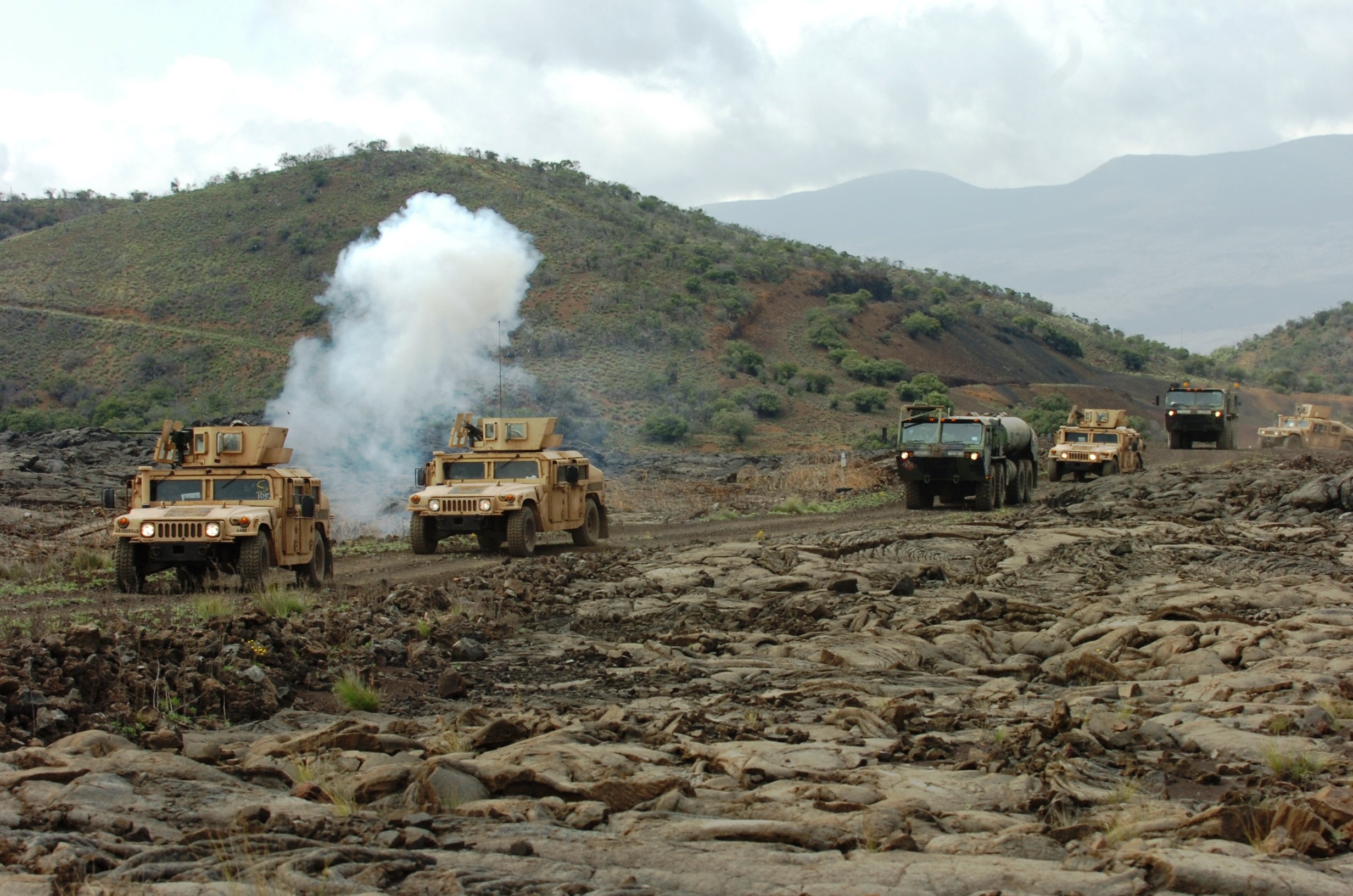
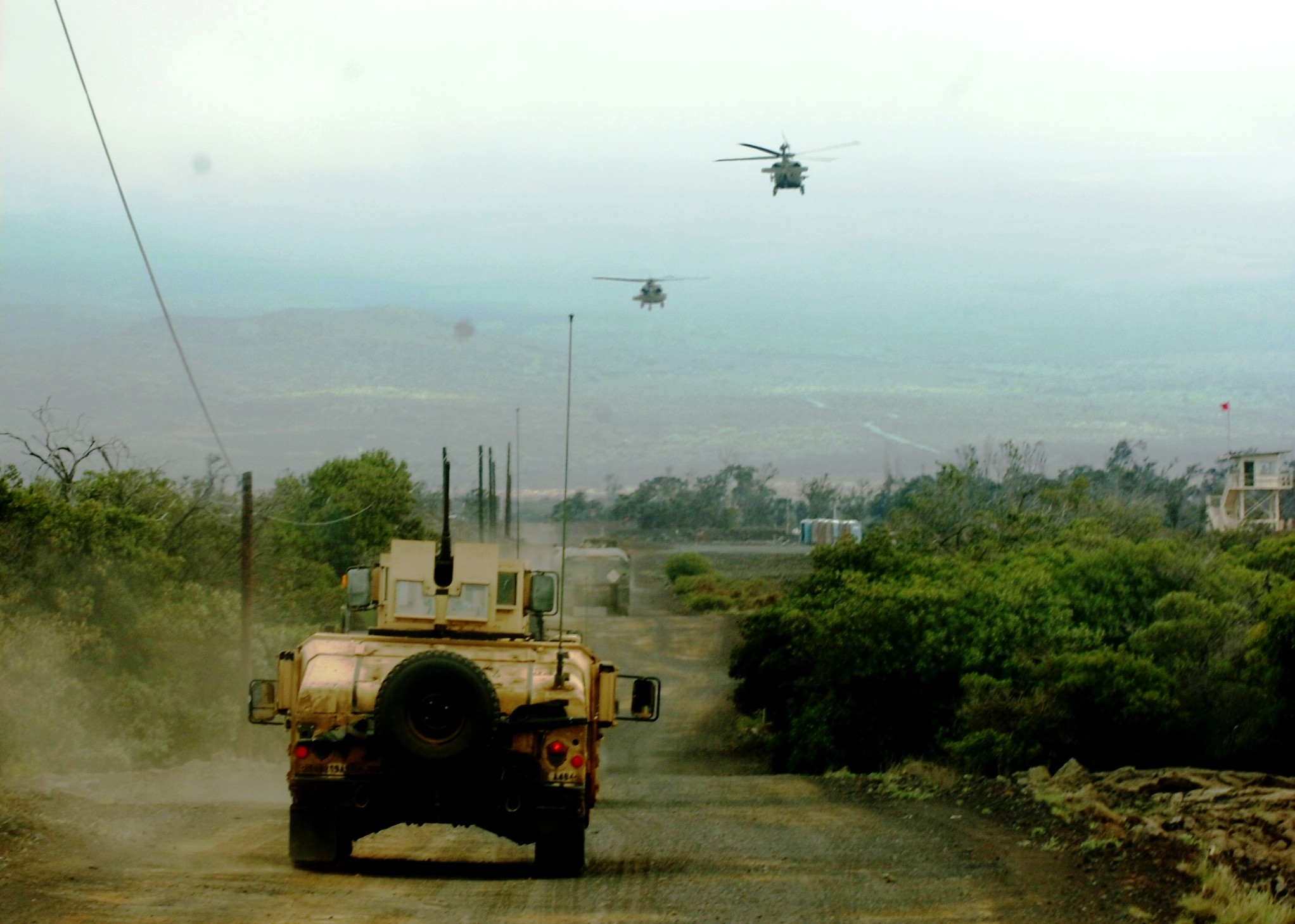
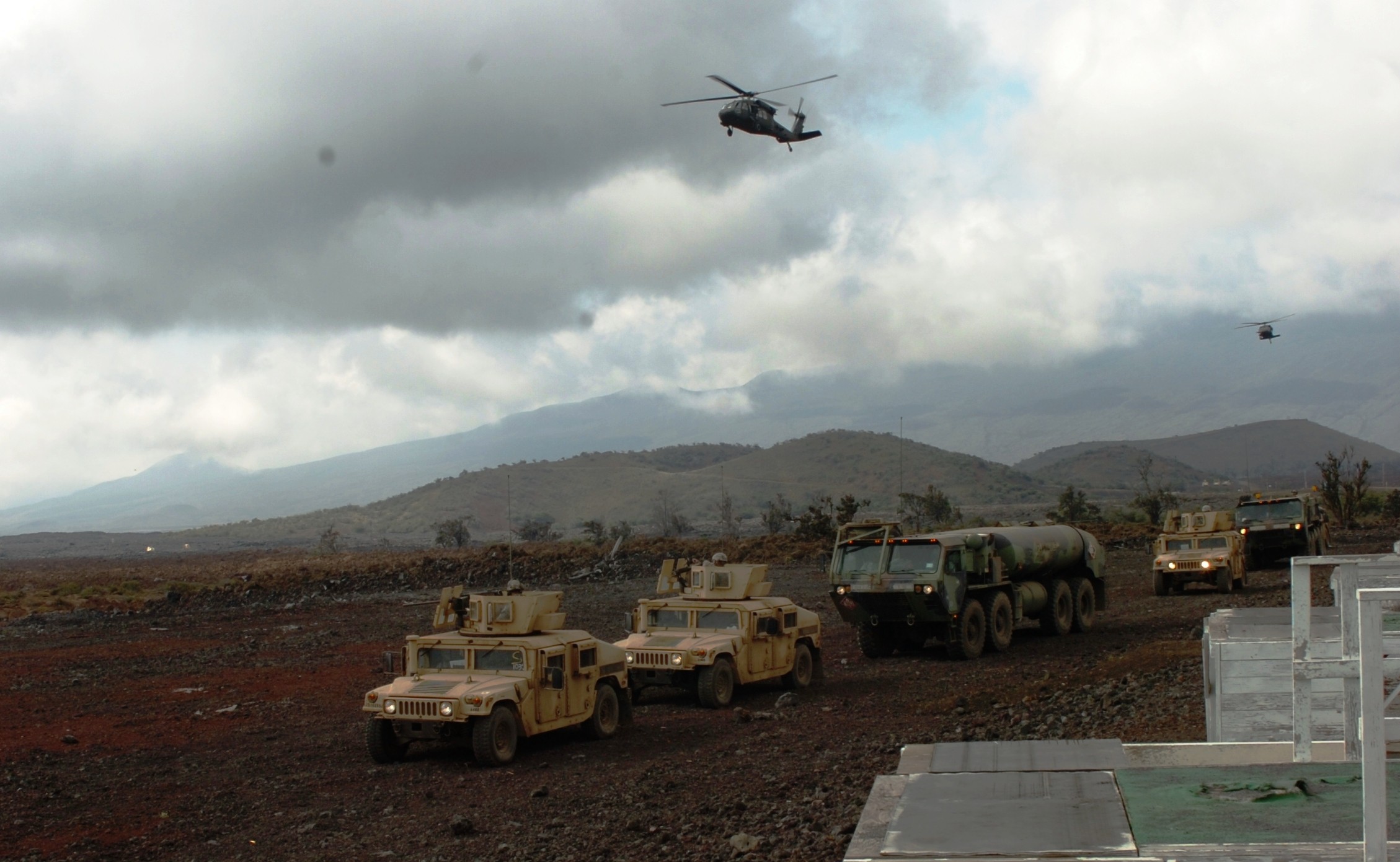
Social Sharing